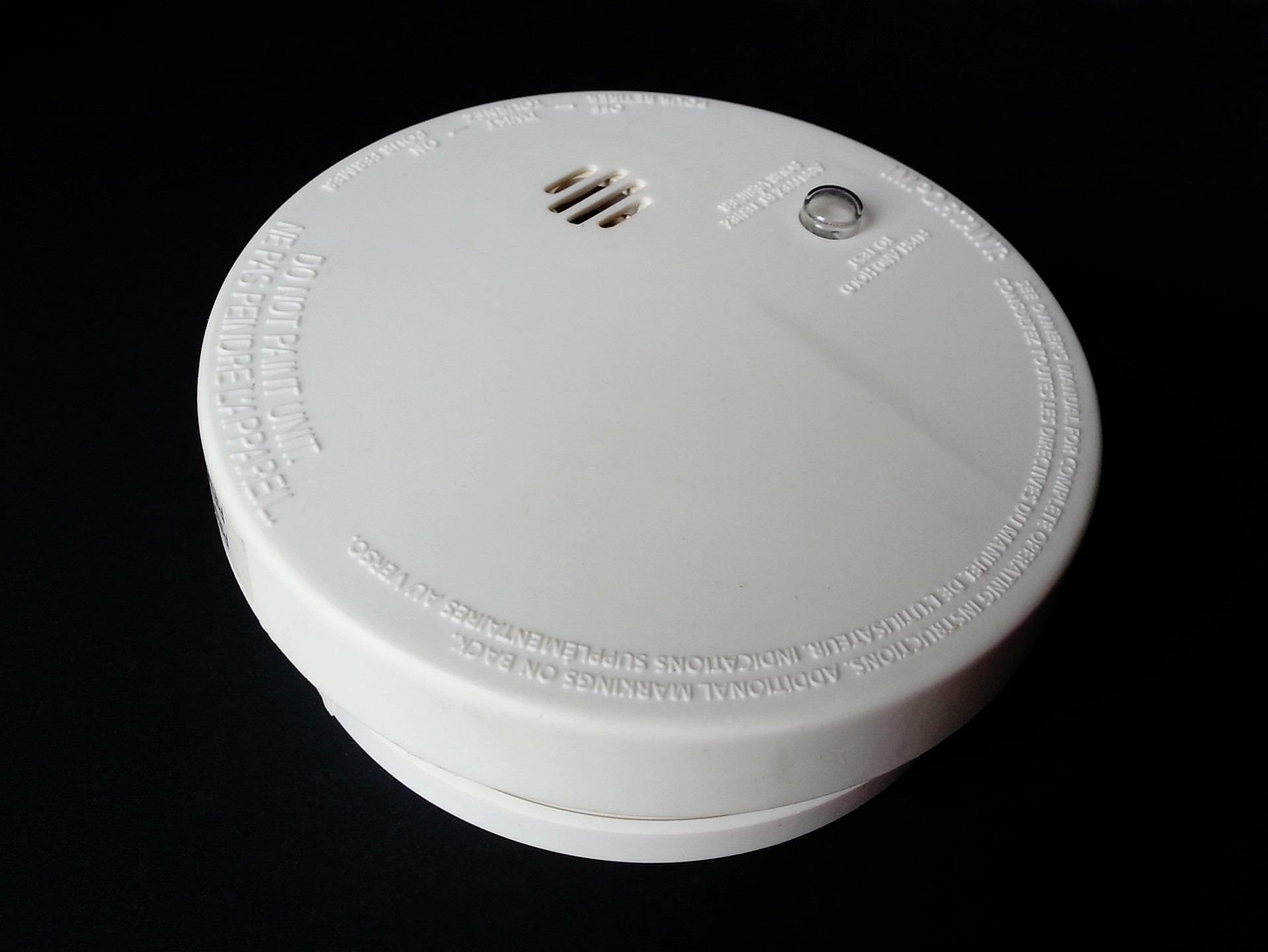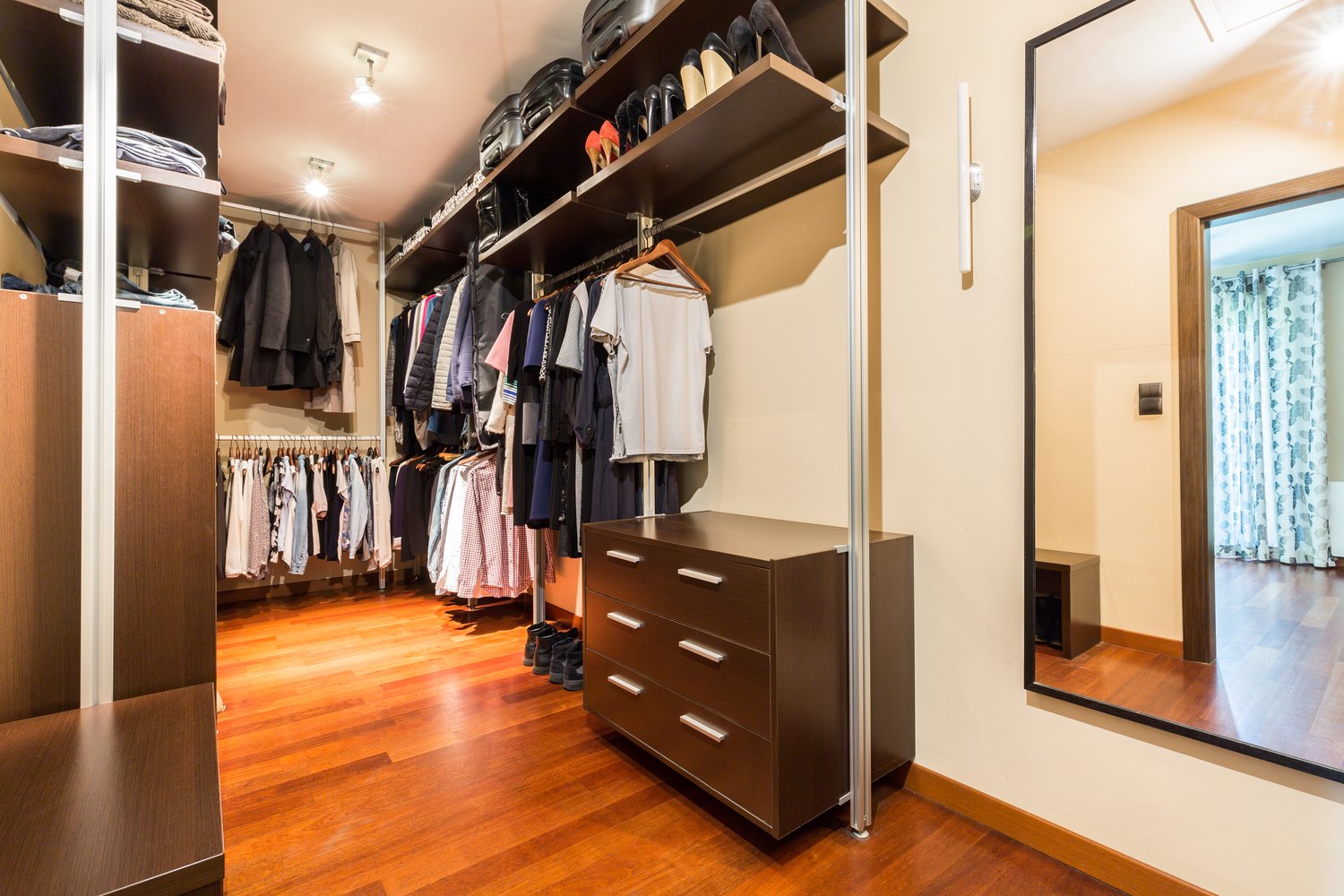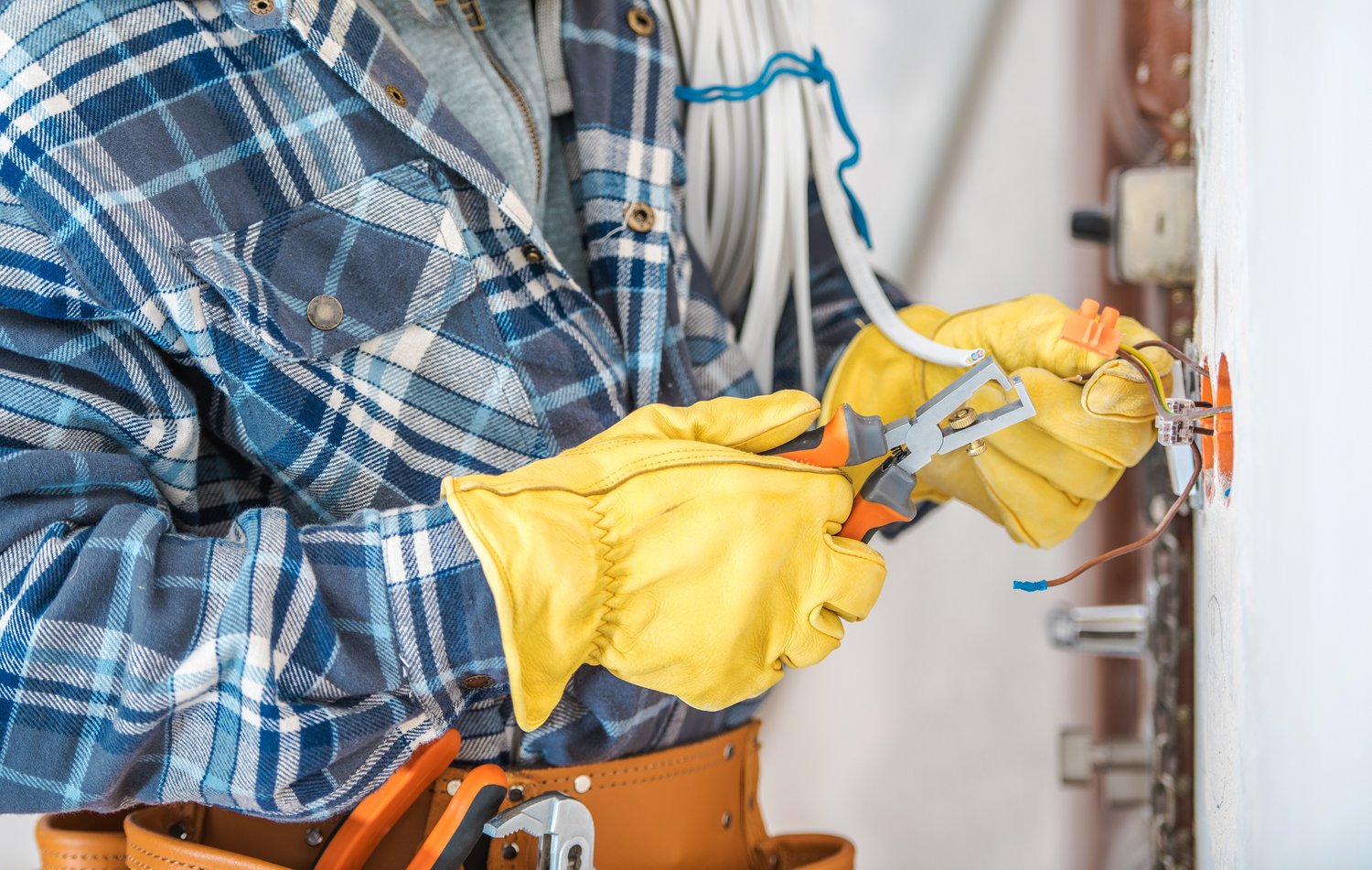Carbon monoxide (CO) is often called the “silent killer” because it’s an odorless, colorless gas that can cause serious illness or death before you even know it’s present. Your home’s heating system, particularly fuel-burning appliances like furnaces, can be potential sources of carbon monoxide if they’re not properly maintained or ventilated. Understanding the risks associated with CO poisoning, knowing the importance of installing reliable CO detectors, and scheduling regular HVAC inspections are crucial steps in keeping your family safe. This article will explain everything you need to know about carbon monoxide safety in your home.
Understanding Carbon Monoxide and Its Dangers
Carbon monoxide is produced whenever fuel is burned. Common household sources include gas furnaces, water heaters, fireplaces, wood stoves, and other fuel-burning appliances. When these systems function properly, the CO they produce is safely vented outside your home. However, if there’s a malfunction, improper installation, or inadequate ventilation, carbon monoxide can accumulate inside your home, posing a serious health risk to everyone inside.
Exposure to carbon monoxide interferes with your body’s ability to transport oxygen, which can lead to symptoms ranging from headaches, dizziness, and nausea to confusion, unconsciousness, and even death. What makes CO particularly dangerous is that these symptoms can easily be mistaken for the flu or food poisoning. By the time you realize something is wrong, it may be too late. This is why preventing CO poisoning through proper fuel-burning appliance safety measures is absolutely essential for every homeowner.
The Critical Importance of CO Detectors
One of the most effective ways to protect your family from carbon monoxide is to install carbon monoxide detectors throughout your home. The CO detector importance cannot be overstated—these devices are your first line of defense against this invisible threat. Unlike smoke detectors, which are typically installed on ceilings, carbon monoxide detectors should be placed at breathing level or according to the manufacturer’s instructions.
Experts recommend installing CO detectors on every level of your home, particularly near sleeping areas and in proximity to fuel-burning appliances like furnaces. These detectors should be tested monthly, and their batteries should be replaced at least once a year. Most carbon monoxide detectors have a lifespan of 5-7 years, after which they should be replaced entirely, even if they appear to be functioning. Remember that your CO detector is only effective if it’s working properly, so regular maintenance is crucial for carbon monoxide safety in your home.
Your HVAC System and Carbon Monoxide Risks
Your heating system, particularly your furnace, deserves special attention when it comes to carbon monoxide safety. Furnaces can develop cracks in the heat exchanger, blockages in the ventilation system, or other issues that might cause CO to leak into your living space. Regular inspection of your furnace is therefore not just about maintaining efficient operation—it’s about keeping your family safe from potentially deadly gas leaks.
An HVAC inspection for CO risk should be conducted by qualified professionals at least once a year, ideally before the heating season begins. These inspections can identify potential problems before they become serious hazards. Professionals from AskHomey can thoroughly check your system for signs of wear, damage, or improper function that might lead to carbon monoxide leaks. They can also ensure that your venting systems are clear and functioning correctly, which is essential for carrying harmful gases out of your home.
Recognizing and Preventing Carbon Monoxide Issues
Being proactive about preventing CO poisoning starts with knowing the warning signs of a potential problem. Yellow or orange flames in gas appliances instead of blue, soot or rust on vents or chimneys, excessive moisture on windows or walls, and the absence of an upward draft in your chimney are all potential indicators of a carbon monoxide issue. If you notice any of these signs, turn off the appliance immediately, open windows to ventilate the area, and call a professional technician to inspect your system.
Regular maintenance of all fuel-burning appliances is key to preventing carbon monoxide problems. This includes keeping vents and chimneys clear of debris, ensuring proper installation of all appliances, and never using outdoor heating equipment (like grills or generators) inside your home. Additionally, avoid running vehicles in attached garages, even with the door open, as exhaust fumes can enter your home and create dangerous conditions.
When to Seek Professional Help
If your carbon monoxide detector sounds an alarm, take it seriously. Immediately evacuate your home, call emergency services from a safe location, and seek medical attention if anyone is experiencing symptoms of CO poisoning. Once the immediate danger has passed, a professional HVAC technician should thoroughly inspect your home to identify and correct the source of the carbon monoxide.
Even without an alarm, scheduling regular HVAC inspections is crucial for maintaining a safe home environment. Professional technicians have the tools and expertise to detect carbon monoxide leaks that might otherwise go unnoticed. They can also recommend upgrades or replacements for aging systems that pose an increased risk of CO production. Investing in these professional services is investing in your family’s safety and peace of mind.
For more tips and to connect with reliable home service professionals, follow AskHomey on Facebook and Instagram.



